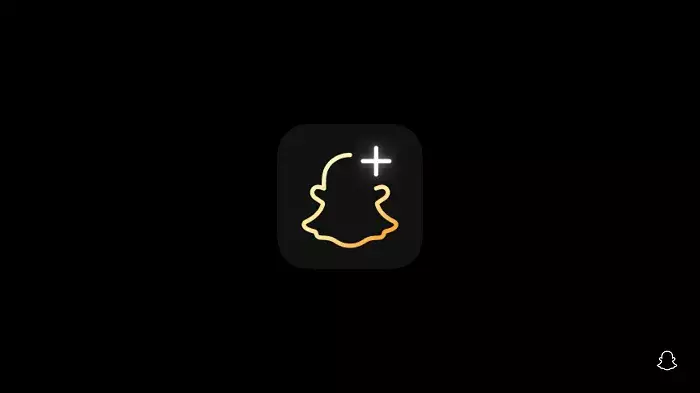In a bold move that aligns with current trends in digital consumer preferences, Snapchat has introduced an upgraded version of its Snapchat+ subscription service, dubbed the “Platinum” plan. This offering allows users to completely eliminate ads from their Snapchat experience, a feature that many users have likely been longing for, especially in a world overwhelmed by advertising. However, the newly devised subscription also poses questions about its long-term viability and overall appeal among users.
As detailed in multiple reports including insights from users like Jonah Manzano, Snap has unveiled this Platinum tier at a cost that surpasses the basic Snapchat+ subscription by more than 100%. The primary selling point being advertised is the promise of a fully uninterrupted user experience—no more sponsored snaps or ads in Stories and Lenses. While this enticing prospect might attract some dedicated users, the hefty price tag begs the question of who, if anyone, would be willing to pay this amount for an ad-free environment.
Further examination reveals that while users may gain the benefit of an ad-free platform, they may still encounter ads from sponsored places and My AI responses. This incomplete ad-free solution could foster dissatisfaction among users who expected a total eradication of advertisements for the elevated price. The lack of robust promotional efforts by Snapchat could stem from apprehension about potential backlash; after all, Meta Platforms Inc. recently faced criticism in Europe regarding its ad-free offerings.
Snapchat’s decision may be interpreted as a direct response to Meta’s recent moves in the space of subscription offerings aimed at enabling users to avoid targeted advertising. Meta introduced an ad-free subscription plan for European markets in a bid to comply with evolving EU policies mandating better user privacy protections. However, this initiative faced a fair share of scrutiny, with authorities claiming that the subscription undermines the essence of data protection brought forth by the General Data Protection Regulation (GDPR).
Given this complicated backdrop, Snapchat’s introduction of the Platinum plan seems to oscillate between a proactive market strategy and a cautiously observant stance regarding how Meta navigates the challenges presented by its own ad-free structure. For now, snap aficionados in certain regions have the option to embrace this premium experience, but it remains to be seen what broader implications this will have both on user engagement and revenues.
An analysis of market consumer behavior may suggest that the willingness to pay for an ad-free experience is inherently linked to the perceived value derived from the application itself. The prospect of remaining undisturbed while capturing and sharing ephemeral moments may appeal to a segment of Snapchat’s already sizable user base. However, the question persists: will enough users commit to this premium subscription model to make it financially viable for Snap?
Snapchat already boasts approximately 12 million users subscribed to Snapchat+, indicating that a substantial audience exists. However, doubling the price and making the exclusion of advertisements a central theme raises concerns about potential customer attrition rather than attraction. If the Platinum tier fails to resonate with a broader audience, Snapchat may find itself in a challenging position attempting to balance the benefits of premium offerings against its need to maintain a robust advertising revenue stream.
An examination of Snapchat’s existing revenue model reveals a reliance on ad revenues that are, on average, generated at levels significantly lower than the proposed cost of the Platinum subscription. The calculation suggests an overarching quest for profitability in the face of potentially decreased ad revenue should users flock to the ad-free option.
This prominent juxtaposition introduces an intriguing paradox: although the Platinum subscription might theoretically boost revenues from those willing to pay for an ad-less experience, it simultaneously risks undermining the advertising revenue base that’s been cultivated over time. Thus, while a premium tier promises a lucrative addition to Snapchat’s financial portfolio, it could also stimulate an exodus from Snapchat’s core revenue-generating approach.
Snapchat’s introduction of the Platinum subscription offers a complex narrative in the realm of digital advertising and user preferences. While the ad-free experience could enhance user satisfaction for some, the sustainability of such offerings in a marketplace saturated with ad-supported models remains uncertain. As Snap experiences the repercussions of this gamble, the question lingers: is the premium for a few uninterrupted snaps worth the risk to their advertising identity?


Leave a Reply